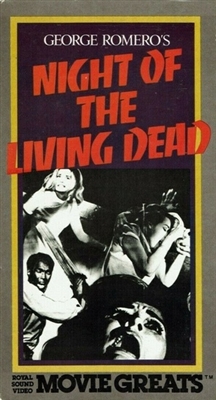Riffing on John Wyndham’s 1951 horror novel Day of the Triffids and blending pandemic paranoia with Romero-lore was Danny Boyle and Alex Garland’s 28 Days Later.
Until the early aughts, the stereotypical ghouls residing in George A.
Romero’s Night of the Living Dead series had distinguishing characteristics, familiar to anyone with an acquaintance with the horror genre.
A zombie had to be recently deceased; they served as the archetypal depiction of our all-consuming fears, normally attributed to the social or political upheaval of the time; and finally, zombies were slow-moving, dead, cannibalistic, and dangerous in large numbers.
In the late 90s/early aughts, this trope had grown stale and desperately needed a new lease of life — 28 Days Later offered audiences just that, with a unique and frightening new spin on an old staple.
Boyle and Garland’s 28 Days Later introduced a few significant changes to the zombie subgenre,…
Read full article
